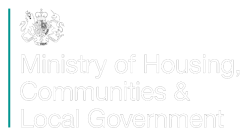Taxation
Summary
Issues around taxation and custom and self-build (CSB) housing, particularly regarding Value Added Tax and Stamp Duty Land Tax, need to be considered in detail from the outset of a project.
This advice note considers the implications to be considered, how they can best be managed and specific considerations for project promoters, landowners, developers, local authorities and the custom and self-builders themselves.
Introduction
The application of Stamp Duty Land Tax (SDLT) and Value Added Tax (VAT) to CSB housing is complex and varies depending on who brings forward the land, how the land is brought forward, and who builds the homes. There are several areas of uncertainty, and the sector is engaging with Government to seek further clarification.
Specialist advice will need to be sought by project promoters, landowners and developers to ensure that these issues are responsibly managed to minimise the impact on them and their customers and to consider the unique aspects of their project.
The impact of these taxes can affect the viability of a development and increase costs for the custom or self-builders.
Stamp Duty Land Tax
SDLT is payable when purchasing any form of land or property, new or old in England (purchasers in Scotland will pay Land and Buildings Transaction Tax (LBTT) and in Wales, Land Transaction Tax (LTT)), unless the value is £125,000 or less, or the purchasers are first-time buyers when an element of relief can be claimed. (It should also be noted that reduced rates of SDLT have been introduced until the end of March 2021 to assist in the economic recovery from the Covid-19 pandemic.) The tax payable is calculated on a sliding scale, dependent on value, and can be confined only to the value of a plot of land if there is a distinction between the party selling the plot, and the party building the house. Land value is classified by the Land Registry as being the value at the time of legal sale, so will include the value of any works undertaken on the site at the point of sale, such as servicing, foundations, etc.
A significant SDLT saving can be achieved by a custom or self-builder who buys a plot from a landowner or enabling developer and then has a house built for them by a builder, custom build developer or package company which is unconnected with the plot purchase. The grey area is when a landowner and a party that builds the home for the custom or self-builder are the same (or are connected). This needs to be clarified on a project-by-project basis.
Value Added Tax
Infrastructure and utilities servicing costs incurred by landowners and enabling developers when creating serviced building plots are subject to VAT.
VAT on the construction of new homes is ‘zero rated’ and housebuilders, therefore, do not have to charge VAT on the homes they sell, but can reclaim any VAT incurred. This also applies to enabling developers when they build homes for their customers. However, the sale of land, including serviced plots, is an exempt supply, so VAT incurred on costs in bringing the plots forward, such as utilities and infrastructure, cannot be recovered.
The project promoters, or their development partners, may opt to absorb this cost, or charge the plot purchaser for the VAT incurred. This will increase the price paid for the plot and so may make the purchase less attractive.
Golden Brick
Alternatively, constructing the property up to one brick above foundation level (the ‘Golden Brick’) qualifies the works as being a ‘building under construction’ and so the sale of the land and the works falls within the VAT system, being ‘zero-rated’ but allowing any VAT incurred to be reclaimed. This is the same method used by Registered Providers when buying new affordable housing units from builders and enables them to avoid paying VAT on the purchase of the units.
Whilst this may achieve a significant VAT saving, it does then mean that the land and any works undertaken prior to the sale of the plot will be subject to SDLT. This approach may also increase the custom builders’ costs as the developer will have to finance the work and will charge an element of profit.
Other issues may need to be considered if looking at the Golden Brick option, such as reduced flexibility (the need to agree and fix the house design to enable the foundation works to be undertaken, limiting who may undertake these works, and presenting logistics issues co-ordinating between substructure and superstructure works), potential issues relating to building warranty
Local authorities
Local authorities do have different VAT constraints, however, given that the provision of serviced plots is not a statutory function. Councils are liable to pay VAT on work associated with servicing a site and must also treat the sale of building plots in the same way as private landowners or enabling developers.
Councils do, however, enjoy a unique VAT concession that allows them to recover ‘input’ VAT incurred on supplies that support ‘exempt activities’, as long as this ‘exempt input VAT’ is less than 5% of the total input VAT that the council incurs in a year. The definition of ‘exempt activities’ includes the creation of serviced building plots. The implication is that councils will be able to bring forward small-scale serviced plots if the amount recovered does not breach the 5% threshold (when added to other VAT recovered in any one year).
In addition, HMRC has considered its rules and, although no formal guidance has been issued, it is understood that it has taken the ‘in-principle’ view that the creation of serviced building plots for CSB by councils under the Right to Build is a ‘non-business’ activity. (HMRC has not confirmed this view yet in any issued guidance, and it could adjust its view if further details or issues emerge.) If this rule is applied it enables councils to recover the VAT incurred and this will, therefore, not count towards their 5% minimum threshold exemption.
Councils in a position where they are likely to breach their 5% threshold and are unconvinced by the HMRC in-principle ruling may also consider charging VAT on the sale of plots or adopting the Golden Brick approach.
Custom and self-builders
Where custom or self-builders buy materials, they will have to pay VAT. However, this can be reclaimed (on qualifying materials) in a single claim within three months of formal completion under the special VAT scheme for DIY builders. (Note that VAT cannot be reclaimed on some goods, such as white goods and carpets.) On average custom and self-builders reclaim about £15,000 of VAT on their projects.
Those who commission builders or enabling developers to build their home should not pay VAT for the construction of the home, as this work is zero-rated. Similarly, those that manage subcontractors should not pay VAT on these services. Suppliers charging for labour only should not levy VAT.
VAT paid on professional services, such as architect fees, cannot be reclaimed.
Infrastructure Levy
Implications arising from the Community Infrastructure Levy, or Infrastructure Levy as it may be redesignated, will also need to be considered.
For example, there could be implications for the Community Infrastructure Levy exemption if the work on the foundations begins before the plot has been acquired by the custom or self-builder (to secure the exemption the homebuilder needs to apply to the council before any work begins).
Key points to remember
- SDLT is payable when purchasing any form of land or property and is calculated on a sliding scale, dependent on the land value at the time of legal sale; this may include works undertaken on the plot.
- The sale of land, including serviced plots, is an exempt supply, so VAT incurred on costs in bringing the plots forward, such as utilities and infrastructure, cannot be recovered.
- Constructing a property up to one brick above foundation level (the Golden Brick) qualifies as being a building under construction and so the sale of the land and the works falls within the VAT system, being ‘zero-rated’ but allowing any VAT incurred to be reclaimed.
- Local authorities have different VAT constraints, and are able to reclaim VAT incurred in bringing plots forward, either through the 5% ‘exempt activities’ rule or through the HMRC ‘in principle’ ruling that that the creation of serviced building plots for CSB by councils is a ‘non-business’ activity.
- Custom and self-builders who commission builders, enabling developers or subcontractors to build their home should not pay VAT for the construction of the home as this work is zero-rated. They are also able to reclaim VAT on materials purchased through a single claim within three months of formal completion.
- Implications arising from the Community Infrastructure Levy, or Infrastructure Levy as it may be redesignated, will also need to be considered.


